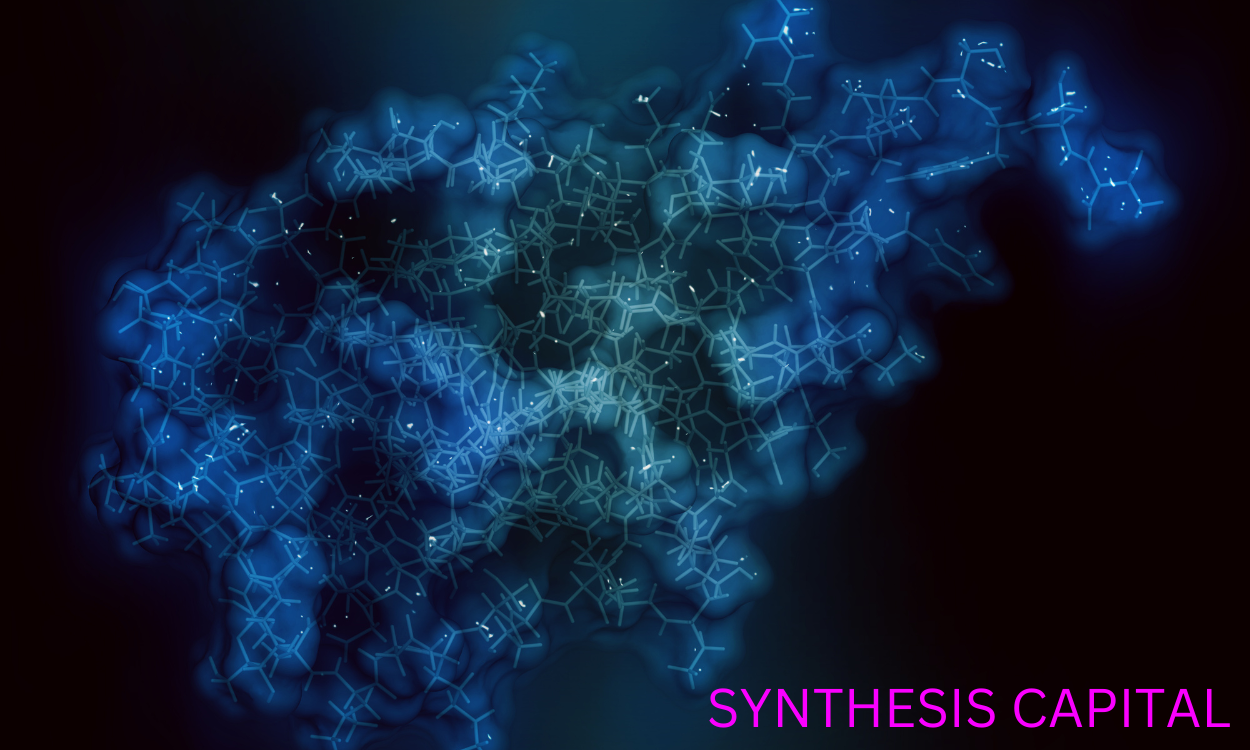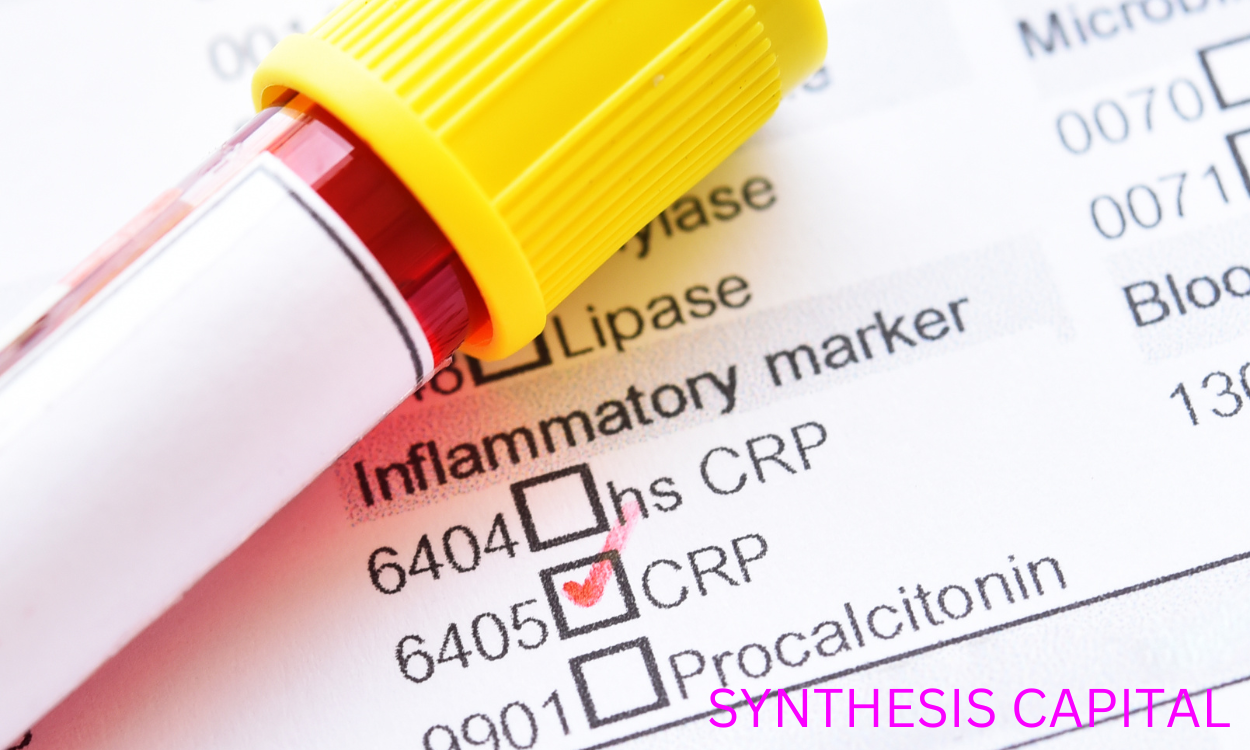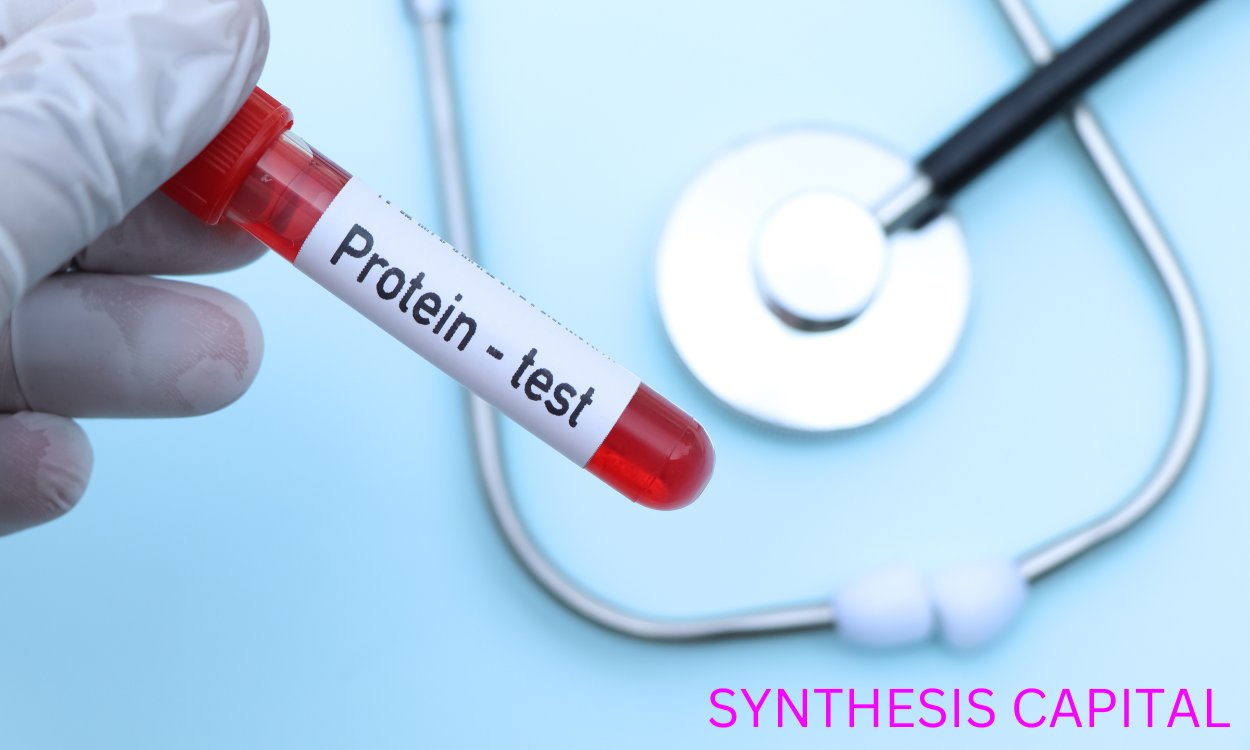Protein extraction from plant leaves is a crucial process in the field of biochemistry and biotechnology. Plants contain a diverse array of proteins that play essential roles in various biological functions, making them valuable sources of proteins for research and industrial applications. By extracting proteins from plant leaves, researchers can isolate and study specific proteins of interest, analyze their structure and function, and potentially use them for the development of new products such as pharmaceuticals, food additives, and biomaterials. This process involves breaking down the plant cell walls, separating the proteins from other cellular components, and purifying the target proteins to obtain a high-quality protein extract for further analysis and utilization.
Common Methods for Extracting Protein from Plant Leaves
The most common methods used for extracting protein from plant leaves include grinding the leaves into a fine powder and then using a solvent like acetone or ethanol to extract the proteins. Another method is to use a buffer solution to break down the cell walls of the leaves, releasing the proteins which can then be separated from the rest of the cellular material through centrifugation or filtration. Additionally, techniques such as sonication or homogenization can be employed to disrupt the cells and release the proteins for extraction. Overall, these methods aim to efficiently isolate and purify the proteins from plant leaves for further analysis or use in various applications.

How does the composition of the plant leaves affect the efficiency of protein extraction?
The composition of plant leaves plays a crucial role in determining the efficiency of protein extraction. Leaves with high water content or high levels of secondary metabolites such as tannins, phenolics, and alkaloids can hinder protein extraction by interfering with the solubilization process. On the other hand, leaves with a higher protein content, lower lipid content, and fewer interfering compounds are easier to extract proteins from. Additionally, the structure of the leaf tissue, such as the presence of tough cell walls or trichomes, can also impact the efficiency of protein extraction by impeding the release of proteins from the cells. Ultimately, the composition of plant leaves significantly influences the ease and yield of protein extraction processes.
What role do different solvents play in the extraction process?
Different solvents play a crucial role in the extraction process by selectively dissolving specific compounds from a mixture. The choice of solvent depends on the polarity of the target compound, with polar solvents like water being ideal for extracting polar compounds, while nonpolar solvents like hexane are better suited for nonpolar compounds. Additionally, solvents can also affect the efficiency and yield of the extraction process, as well as the purity of the final product. By choosing the right solvent, researchers can effectively isolate and extract desired compounds from complex mixtures for further analysis or use in various industries such as pharmaceuticals, food, and cosmetics.
Are there any challenges or limitations when extracting protein from plant leaves?
There are several challenges and limitations when extracting protein from plant leaves. One of the main challenges is the low protein content in plant leaves compared to other plant parts such as seeds or legumes. Additionally, the presence of compounds like polyphenols, tannins, and chlorophyll can interfere with protein extraction processes, leading to lower yields and impurities in the final product. Furthermore, the variability in protein composition among different plant species and even within the same species can make it difficult to standardize extraction methods and scale up production. Finally, the enzymatic degradation of proteins during extraction and processing can also be a limiting factor in obtaining high-quality plant leaf protein extracts.
Determining Protein Purity After Extraction
Protein purity after extraction is typically determined through various analytical techniques such as SDS-PAGE (sodium dodecyl sulfate polyacrylamide gel electrophoresis) or HPLC (high-performance liquid chromatography). SDS-PAGE separates proteins based on their molecular weight, allowing for visualization of different protein bands on a gel. The intensity of each band can be quantified to assess the relative purity of the protein sample. HPLC, on the other hand, separates proteins based on their chemical properties and allows for more precise quantification of protein purity by measuring absorbance at specific wavelengths. By comparing the results obtained from these techniques with known standards or controls, researchers can accurately determine the purity of the extracted protein sample.

Can the extracted protein be used directly for further analysis or applications?
The extracted protein can be used directly for further analysis or applications depending on the specific requirements of the study or application. If the protein is in a suitable form and concentration, it may be used as is for various experiments such as enzyme assays, Western blotting, or mass spectrometry analysis. However, in some cases, additional purification steps may be necessary to remove contaminants or unwanted proteins that could interfere with the desired analysis or application. Ultimately, the decision to use the extracted protein directly will depend on the specific goals and needs of the research project or application at hand.
What factors should be considered when choosing a protein extraction method for plant leaves?
When choosing a protein extraction method for plant leaves, factors that should be considered include the type of plant species being studied, as different species may have varying levels of proteins and require different extraction methods. Additionally, the desired quality and quantity of extracted proteins, as well as the downstream applications for which the proteins will be used, should be taken into account. Other important considerations include the availability of equipment and resources, the complexity of the protein structure, and any potential interference from other compounds present in the plant tissue. Overall, selecting the most appropriate protein extraction method for plant leaves involves a careful evaluation of these factors to ensure optimal results for the research project at hand.
How can the extraction process be optimized to maximize protein yield?
The extraction process can be optimized to maximize protein yield by using efficient and selective methods such as centrifugation, filtration, and chromatography to separate proteins from other cellular components. Additionally, adjusting parameters such as pH, temperature, and salt concentration can help improve protein solubility and stability during extraction. Furthermore, employing multiple extraction steps or utilizing different extraction solvents can ensure the recovery of a wider range of proteins. Finally, monitoring the process through regular testing and analysis can help identify potential bottlenecks or inefficiencies, allowing for adjustments to be made in real-time to optimize protein yield.
The Efficient Extraction of Protein from Plant Leaves
1. The first step in extracting proteins from plant leaves is typically to grind or crush the leaves to break down the cell walls and release the proteins.

2. Various extraction methods can be used, such as homogenization, sonication, or chemical extraction using solvents like ethanol or chloroform.
3. It is important to choose the appropriate extraction method based on the type of protein being targeted and its solubility characteristics.
4. After extraction, the protein solution may need to be centrifuged extraction of protein from plant leaves to separate the soluble proteins from insoluble plant debris.